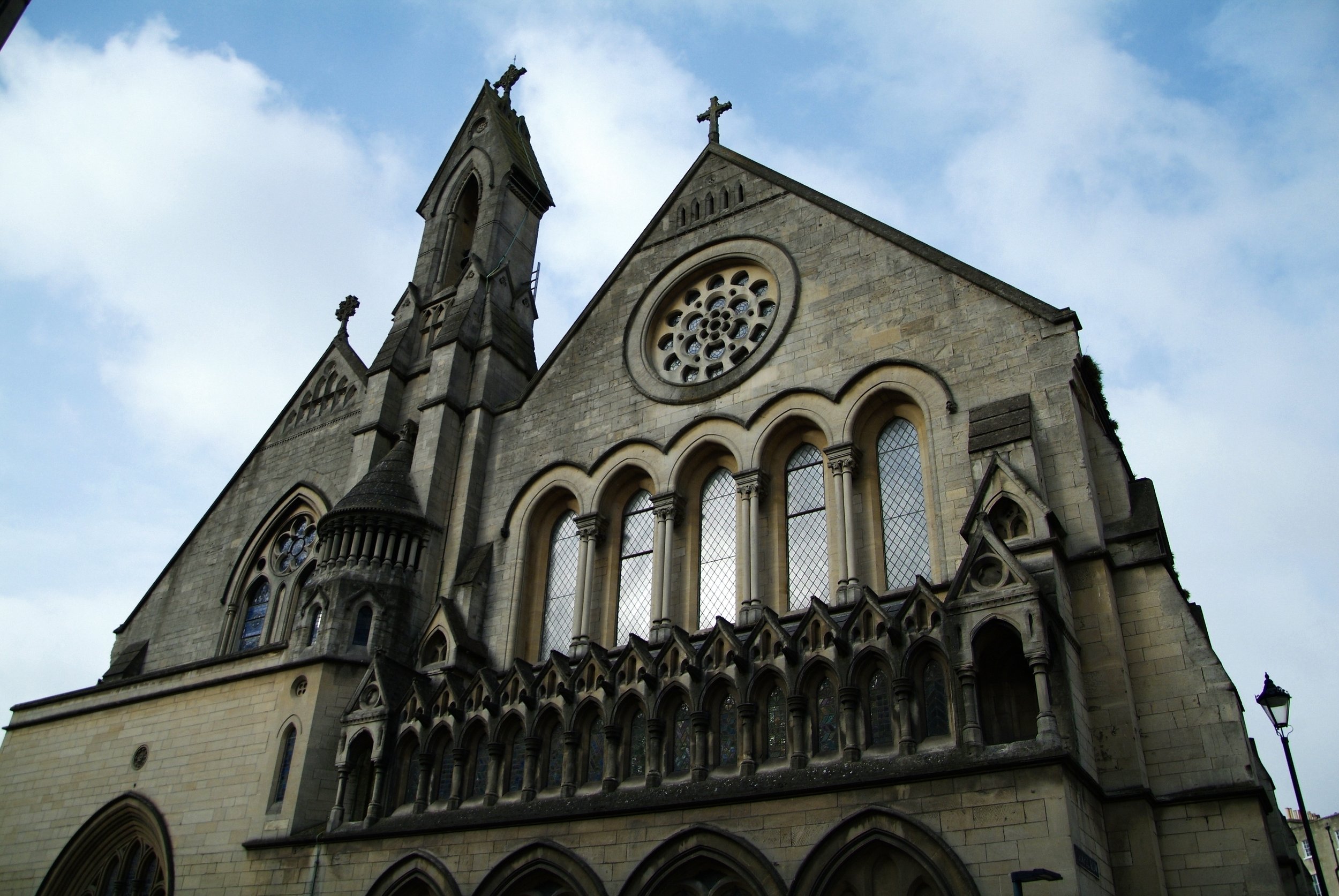
> TRAVEL FILES <
THE SIGN HUNTERS
@thesignhunters • #thesignhunters • #handfulsadventures • #apiginchina
ENGLAND: After the Romans comes Bath
Written by Laszlo, 29 March 2018
It might sound a bit of a cliché, but the weeks are passing us by way too quickly. One thing is sure, it feels like that the days are merging into one big piece and it is hard to say which is the creature's head and which are its toes. Nevertheless, I base this observation on the pure fact that what feels like yesterday it is actually two weeks ago. Because two weeks ago this time we travelled to Bristol (see my photos here), and two weeks ago on this upcoming Saturday we had a day out in Bath.
Bristol and Bath are about 10 miles away from each other, but they are contrasting like Telford and Shrewsbury, or Coventry and Warwick. As a geographer, of course, I find this exciting, because places should not look the same, and this, in the case of Bristol and Bath, is true on a third degree.
Bath is a well-known city, a UNESCO World Heritage Site since 1987, mostly due to its Roman-built heritage - which is mainly baths, hence the city's name "Bath" - and the fantastic architecture representing different historical eras. A meaningful name and it is actually not a joke as there are a number of thermal spas across the city where one can bathe. The hot springs in the area were known even before the Romans, but the built environment that gives Bath its signature look is certainly related to the Roman architecture. We, however, skipped going into these famous, highly touristic sites as the ticket prices were just ridiculous (The Roman Baths: £16.50 for a single adult). Better for us, as we had more time to enjoy Bath itself as it looked, and there are anyway plenty of other things to see free of charge. Such is, in chronological order according to my photos below, the Abbey; St John's Evangelist Roman Catholic Church; the Christadelphian Hall; Royal Crescent; Bathwick Hill; Saracens Head, which is the oldest pub in Bath; Pulteney Bridge; and some other things including manhole covers. The weather was grey, cloudy and cold all day; I mean almost all day, as it is represented in my last photo, the Sun came out when we were just about to leave Bath.
Bath is the largest settlement in Somerset with a population of about 90,000. In 1974, the city was part of the county called Avon which was abolished in 1996 and replaced with the new administrative area Bath and North East Somerset. We took a photo of this sign as we did not have time carry out an actual Bath sign hunting project this time. Maybe next time, but for now, please enjoy my photos.































































